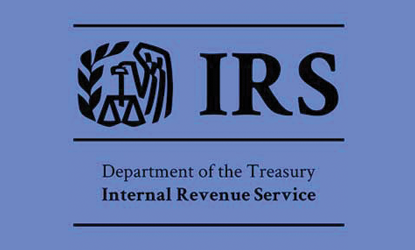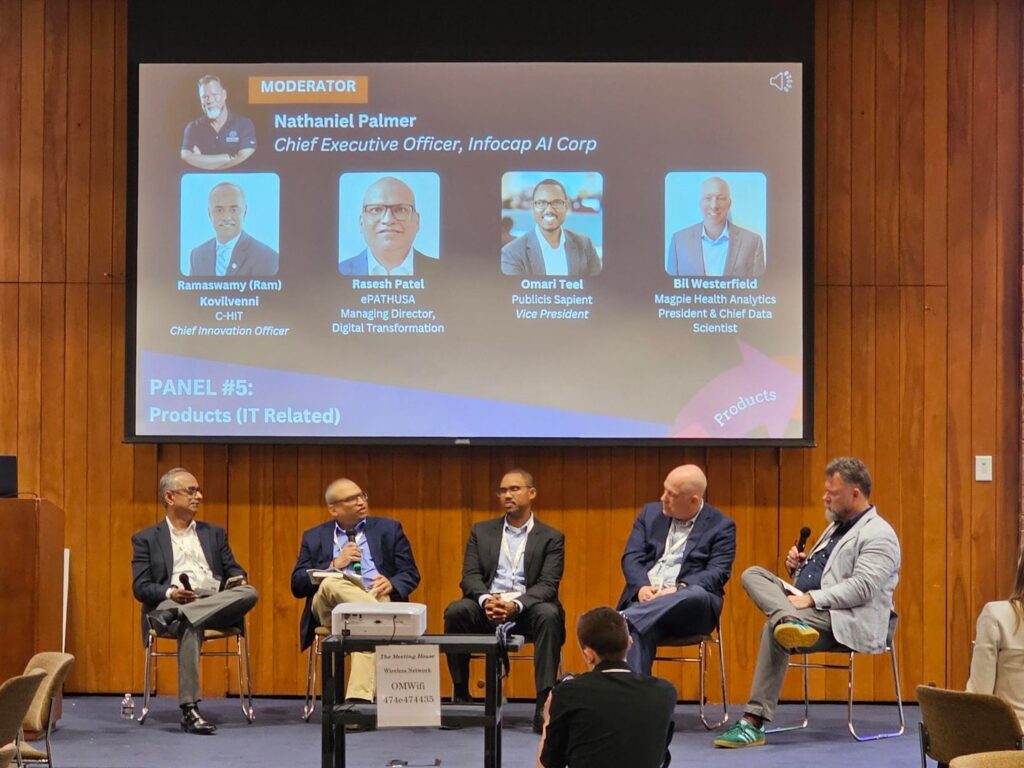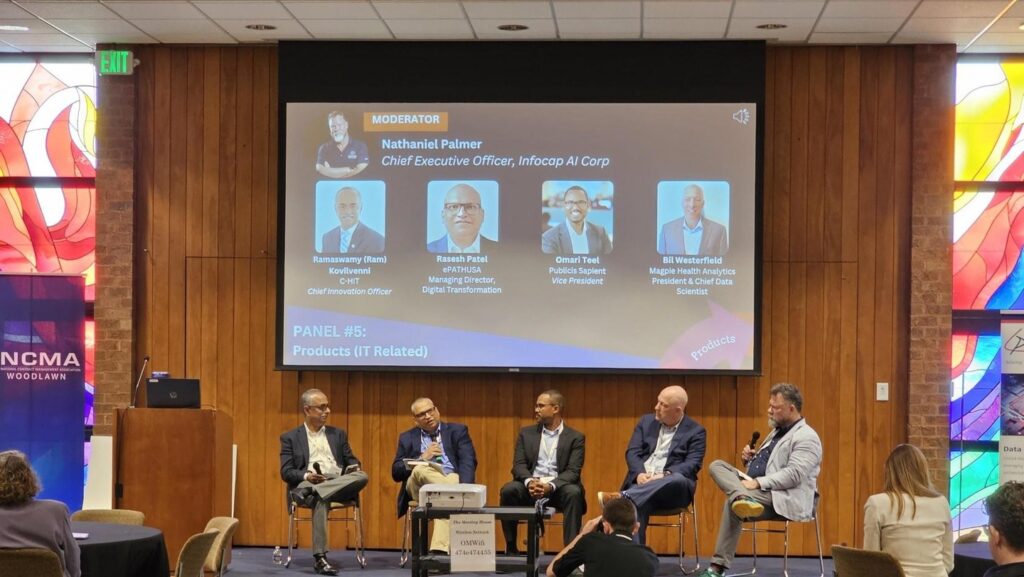Introduction
In today’s digital business world, companies must quickly adapt to new technology. Outdated systems, which are old software or hardware that have been used for years, can hold back business growth and innovation. Although these systems may have worked well in the past, they often can't keep up with the speed and complexity that modern businesses require.
The problem with legacy systems is that they tend to limit the agility, efficiency, and competitive edge of businesses. With the increasing demand for speed, security, and scalability in operations, it is essential to recognize when it’s time to modernize.
In this guide, we will explore the key indicators that your legacy systems are holding your business back and discuss the many advantages of modernization. We’ll also show you how ePathUSA’s expertise in digital transformation can help you modernize your systems and drive long-term business success.
Learn More About ePath’s Modernization Solutions
Understanding Legacy Systems
What Are Legacy Systems?
A legacy system is an outdated computer system, software, or application still in use because it performs a critical business function. These systems often rely on older programming languages, infrastructure, and hardware. While these systems may have worked for their time, they have significant drawbacks in today’s fast-evolving technological environment.
Characteristics of Legacy Systems:
- Outdated Software and Hardware: Many legacy systems run on obsolete technology that can’t support modern functionality or integration.
- High Maintenance Requirements: Maintaining legacy systems often requires specialized expertise, which can be expensive and hard to find.
- Limited Integration Capabilities: Legacy systems struggle to integrate with new software and tools, making it difficult for businesses to adopt modern technologies.
- Security Risks: Legacy systems often lack the robust security features required to protect against modern cyber threats.
The Impact of Legacy Systems on Business
Running on legacy systems can severely hinder a company’s ability to adapt to market changes, scale operations, or provide the best customer experience. As businesses grow and evolve, legacy systems can create bottlenecks, making it difficult to respond to the demands of the modern market. According to Gartner, more than 50% of organizations report that legacy IT systems are holding them back from achieving their full digital potential.
ePathUSA specializes in assessing and modernizing legacy systems, enabling businesses to streamline operations, enhance security, and adopt innovative technologies that support their growth and competitiveness.
Explore the Basics of Legacy Systems
Key Signs It's Time to Modernize
It can be difficult for businesses to determine the right time to upgrade their systems. However, there are several key signs that indicate it’s time to consider modernizing legacy systems. Below are the most common indicators that it’s time to make a change:
1. Frequent System Downtime and Performance Issues
One of the most telling signs that your legacy systems are outdated is frequent system downtimes and slow performance. As business needs grow, the demands on legacy systems increase, which often leads to system failures and slowdowns. If your systems are consistently crashing or struggling to perform simple tasks, it’s a clear sign they’re unable to keep up.
According to IBM, downtime costs businesses an average of $300,000 per hour.
When you modernize your legacy systems, you can dramatically reduce downtime and improve performance, ensuring your business runs smoothly. ePathUSA provides tailored solutions to optimize system performance, improve uptime, and support your business’s growth.
2. High Maintenance Costs
Maintaining legacy systems is expensive, especially when businesses need to rely on outdated software and hardware that require special expertise to support. The costs associated with patching and updating legacy systems can quickly add up, draining resources that could be better spent on innovation and growth.
Forrester estimates that companies still operating legacy systems spend up to 80% of their IT budget on maintenance and support.
ePathUSA can help your business reduce maintenance costs by transitioning to more modern, cost-effective systems that are easier to maintain and scale.
3. Inability to Integrate with Modern Tools
In today’s fast-paced business world, the ability to integrate with modern tools and technologies is essential. Legacy systems often struggle to connect with newer applications or cloud-based solutions, preventing your business from taking full advantage of digital tools that can improve efficiency and customer experience.
A McKinsey report suggests that businesses with better IT system integration see a 5% higher revenue growth compared to their competitors who continue using siloed legacy systems.
Modernizing your legacy systems with ePathUSA ensures seamless integration with modern tools and technologies, helping your business stay competitive and agile.
See Warning Signs to Modernize
4. Security Vulnerabilities
Older systems are often not equipped to handle the latest cybersecurity threats. As cyber-attacks become more sophisticated, legacy systems that lack regular security updates are increasingly vulnerable to breaches. Using outdated systems puts your business at risk for data theft, compliance violations, and reputational damage.
By modernizing your systems, you can enhance security, ensure compliance with data protection regulations, and minimize the risk of cyber threats. ePathUSA ensures that your modernized systems are equipped with the latest security measures, protecting your business and customers.
5. Inability to Scale with Business Growth
As your business grows, so does the need for scalable systems. Legacy systems often can’t handle increased data, transactions, or user demands, which leads to performance issues and potential system failures. If your current systems can’t scale with your growth, it’s time to modernize.
Dropbox transitioned from legacy systems to cloud-based infrastructure, saving 74% on operational costs while improving scalability.
Modernization ensures that your systems can grow with your business. With ePathUSA, you’ll have access to scalable, flexible solutions that support your business’s long-term growth.
Benefits of Modernizing Legacy Systems
Modernizing legacy systems is not just about keeping up with technology—it’s about gaining a competitive edge. Here are the key benefits of upgrading your systems:
1. Improved Efficiency and Productivity
Modern systems allow businesses to automate manual tasks, streamline processes, and enhance operational efficiency. With the latest technologies, you can reduce bottlenecks, optimize workflows, and boost employee productivity.
ePathUSA helps businesses enhance efficiency by implementing modern technologies that automate tasks and improve overall productivity.
2. Enhanced Security and Compliance
Modern systems come with robust security features, such as advanced encryption, multi-factor authentication, and real-time monitoring. These features help protect sensitive data and ensure compliance with evolving regulations like GDPR and HIPAA.
By working with ePathUSA, businesses can implement modern systems that meet the highest security standards and regulatory requirements.
3. Scalability and Flexibility
Modern systems are designed to scale with your business, making it easy to accommodate growth, new technologies, and changing market demands. Cloud-based systems, for example, provide businesses with the flexibility to add resources as needed, without significant upfront costs.
ePathUSA helps businesses transition to scalable systems that grow with their needs, ensuring long-term success and flexibility.
4. Cost Savings
Although modernization requires an initial investment, it ultimately leads to significant cost savings in maintenance, operations, and energy consumption. Modern systems are more cost-effective to maintain and can reduce IT infrastructure costs.
ePath’s Modernization Solutions
At ePathUSA, we specialize in legacy system modernization. Our approach is comprehensive and tailored to the unique needs of each client. We begin by assessing your current IT infrastructure and identifying areas where modernization will have the most significant impact. Then, we implement the latest technologies to improve performance, scalability, and security while ensuring minimal disruption to your business operations.
Our modernization services include:
- System Assessment: A thorough analysis of your legacy systems to identify inefficiencies and opportunities for improvement.
- Technology Selection: Choosing the best modern tools and technologies to meet your specific business needs.
- Seamless Integration: We ensure that new systems integrate smoothly with existing operations to avoid disruptions.
- Ongoing Support: After the implementation, we provide continuous monitoring and optimization to keep your systems running at peak performance.
Request a Consultation with ePathUSA
Case Study: Legacy System Assessment for the Iowa Department of Revenue
The Iowa Department of Revenue (IDR) relied on mainframe-based legacy systems to support IRIS and its surrounding applications. However, as technology evolved, IDR faced challenges in maintaining system efficiency, managing costs, and ensuring long-term sustainability.
Challenge
IDR needed to assess its legacy infrastructure to identify risks, hidden costs, and opportunities for modernization. Additionally, it aimed to evaluate whether its workforce could continue supporting these aging systems.
Solution
ePathUSA conducted a Mainframe Legacy Health Check, analyzing all system components, job structures, and resource dependencies. The assessment provided a comprehensive view of operational bottlenecks, system inefficiencies, and security risks.
Results
✔️ Identified critical risk factors that could impact tax collection and revenue processing.
✔️ Mapped out modernization opportunities, ensuring long-term system sustainability.
✔️ Provided IDR with a clear roadmap for modernization, helping improve efficiency and reduce future maintenance costs.
By assessing its legacy systems, IDR took the first step toward seamless digital transformation, ensuring smoother operations and better service for constituents.
Future Trends in Legacy Modernization
As technology continues to evolve, the future of legacy system modernization will be shaped by several key trends, including:
- Cloud Migration: Moving from on-premise systems to cloud-based solutions for better flexibility, scalability, and cost-efficiency.
- AI-Driven Automation: Using artificial intelligence to automate routine processes, reducing the need for human intervention and improving efficiency.
- Agile Integration: The ability to quickly integrate new technologies into existing systems, enabling businesses to stay agile in a fast-changing marketplace.
- Gartner predicts that by 2025, 75% of enterprises will migrate at least 75% of their workloads to the cloud, accelerating the need for legacy system modernization.
ePathUSA helps businesses stay ahead of these trends by offering innovative solutions that prepare companies for the future.
Stay Updated on Modernization Trends
Conclusion
The time to modernize your legacy systems is now. By upgrading to modern technologies, you can improve operational efficiency, enhance security, and achieve long-term business success. With the help of ePathUSA, you can make the transition from outdated systems to modern solutions seamlessly, ensuring your business stays competitive in an ever-evolving digital landscape.
Get Started with ePath’s Modernization Solutions
FAQs
1. What are legacy systems, and why do they need modernization?
Legacy systems are outdated software or hardware that businesses still use despite technological advancements. They often lead to high maintenance costs, security risks, and integration challenges. Modernization enhances efficiency, scalability, and security, ensuring systems can support future business growth.
2. How do I know if my business needs to modernize its legacy systems?
If your systems frequently crash, have high maintenance costs, lack integration capabilities, or pose security risks, it’s time for an upgrade. Modernization ensures your IT infrastructure aligns with business growth, compliance requirements, and technological advancements.
3. What are the benefits of modernizing legacy systems?
Modernization improves operational efficiency, reduces costs, enhances security, and ensures better scalability. Businesses also benefit from improved system integration and automation, leading to faster workflows and a more competitive edge in the market.
4. What are the risks of continuing to use outdated legacy systems?
Outdated systems lead to higher downtime, cybersecurity vulnerabilities, inefficiencies, and increasing maintenance costs. Additionally, they may fail to comply with new regulations, putting businesses at financial and legal risk.
5. How does ePathUSA help businesses modernize their legacy systems?
ePathUSA provides comprehensive legacy system assessments, technology selection, seamless integration, and ongoing support. Their modernization solutions ensure cost-effective, secure, and scalable IT infrastructure tailored to business needs.

























